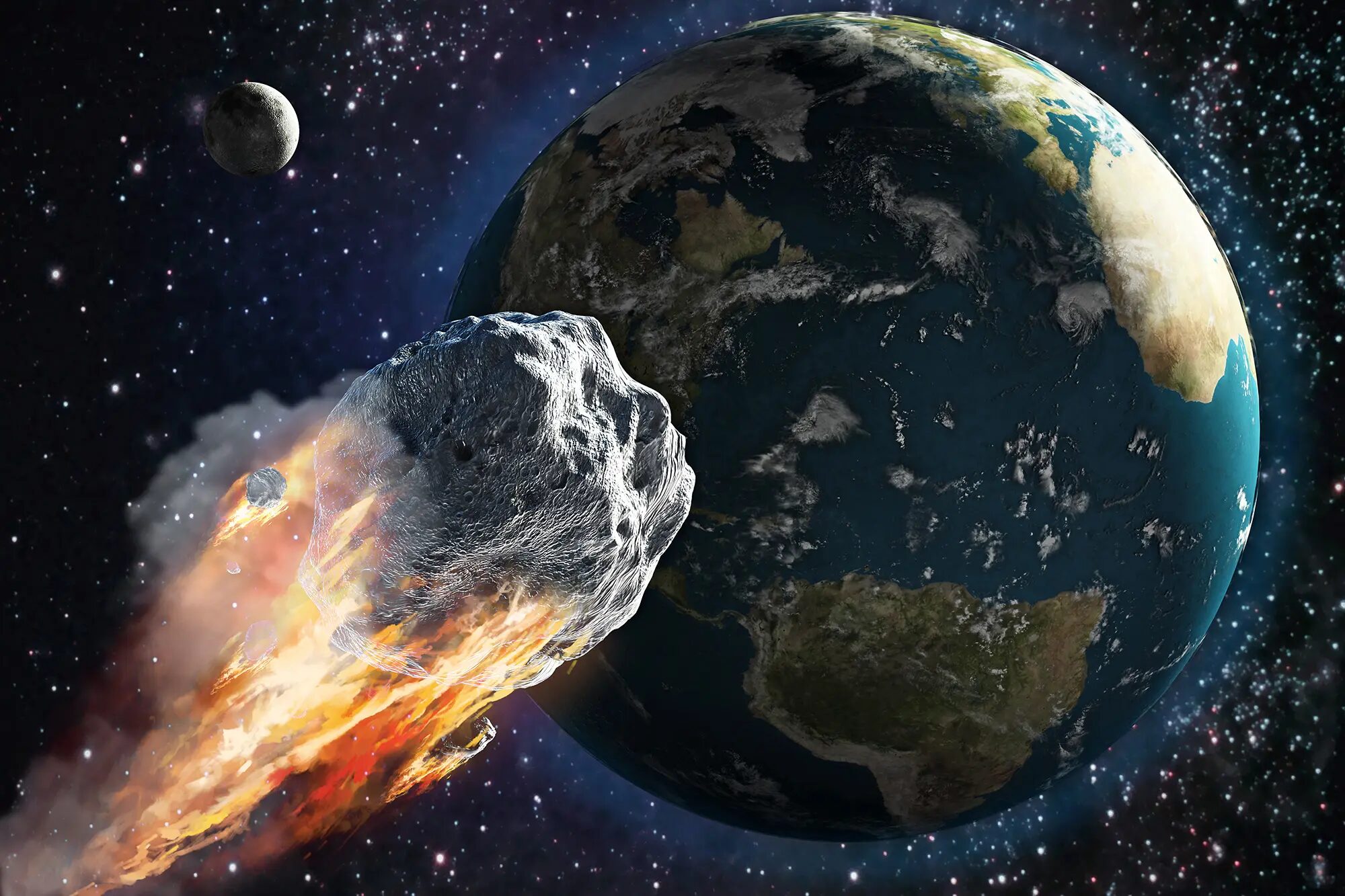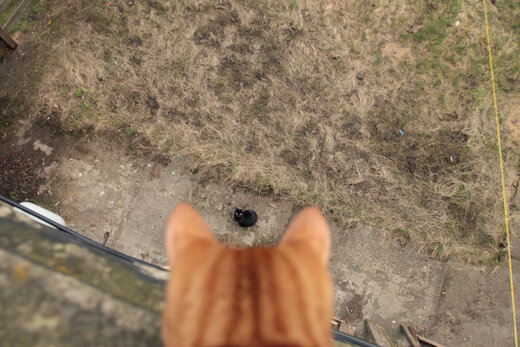
© Kyle Bean
Imagine you are a young Bar-tailed Godwit, a large, leggy shorebird with a long, probing bill hatched on the tundra of Alaska. As the days become shorter and the icy winter looms, you feel the urge to embark on one of the most impressive migrations on Earth: a
nonstop transequatorial flight lasting at least seven days and nights across the Pacific Ocean to New Zealand 12,000 kilometers away. It's do or die. Every year tens of thousands of Bar-tailed Godwits complete this journey successfully. Billions of other young
birds, including warblers and flycatchers, terns and sandpipers, set out on similarly spectacular and dangerous migrations every spring, skillfully navigating the night skies without any help from more experienced birds.
People have long puzzled over the seasonal appearances and disappearances of birds. Aristotle thought that some birds such as swallows hibernated in the colder months and that others transformed into different species — redstarts turned into robins for the winter, he proposed. Only in the past century or so, with the advent of
bird banding, satellite tracking and more widespread field studies, have researchers been able to connect bird populations that winter in one area and nest in another and show that some
travel vast distances between the two locales every year. Remarkably, even juvenile long-haul travelers know where to go, and birds often take the same routes year after year. How do they find their way?
Migrating birds use celestial cues to navigate, much as sailors of yore used the sun and stars to guide them. But unlike humans, birds also detect the magnetic field generated by Earth's molten core and use it to determine their position and direction. Despite more than 50 years of research into
magnetoreception in birds, scientists have been unable to work out exactly how they use this information to stay on course. Recently we and others have made inroads into this enduring mystery.
Our experimental evidence suggests something extraordinary: a bird's compass relies on subtle, fundamentally quantum effects in short-lived molecular fragments, known as radical pairs, formed photochemically in its eyes. That is, the creatures appear to be able to "see" Earth's magnetic field lines and use that information to chart a course between their breeding and wintering grounds.













Comment: The results of this study are fascinating when placed in context with other recent findings on the nature of DNA. One question we are left with is, what can influence the motion and "coherence" of DNA?
One possible candidate could be ultraweak light emission, given the fact that DNA has been shown to absorb and emit biophotons: